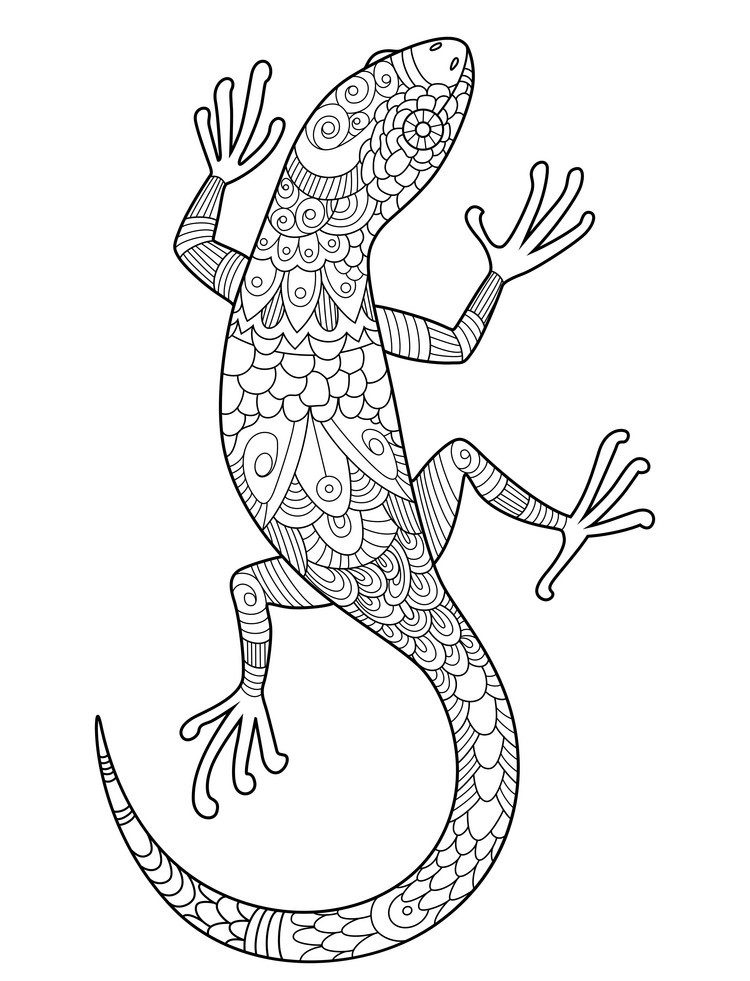- The Spanish name for Spain is España.
- The Spanish language is spoken in many areas of the world due to the early influence of the Spanish Empire.
- The largest city and capital of Spain is Madrid.
- The Pyrenees is a mountain range that divides Spain and France.
Conquistadores : Spain was a nation of naval explorers. Conquistadors were the knights, soldiers and explorers of the Spanish Empire and the Portuguese Empire. During the Age of Discovery, conquistadors sailed beyond Europe to the Americas, Oceania, Africa, and Asia, conquering territory and opening trade routes.

Vasco Nuñez de Balboa, a Spanish conquistador, became the first European to discover a new ocean – he named it the South Sea; today it is called the Pacific Ocean. On 25 September, 1513, Balboa gazed in wonder from a jungle-clad mountain on the Isthmus of Panama at the vast expanse of the Pacific Ocean. Behind him lay the Caribbean Sea. In front of him was an ocean that no European had ever seen from its eastern shore before. On that day, five hundred years ago, the Western understanding of the world was changed forever. “He star’d at the Pacific — and all his men, Look’d at each other with a wild surmise” (Keats). On September 29, 1513 Balboa claimed the sea, its islands and lands for Spain. Carrying a standard (flag) with the image of the Virgin Mary, Balboa waded (walked) into the water and claimed the ocean for the King of Spain. This is how oceans and continents were appropriated (claimed) in those days. Spain now knew that there was indeed ocean to sail to the east. However, it would be Ferdinand Magellan who would get the credit for naming it the Pacific Ocean when he rounded the southern tip of South America in 1520.
Legacy of Vasco Nuñez de Balboa : He helped establish the first stable European settlement on the mainland of South America, part of a vast colonial empire in the Americas. Today, Balboa’s legacy is seen throughout Panama by the streets and parks that bear his name, and a monument in his honor in Panama City. The currency of this country is even called Balboa, after the great explorer who helped put this land on the map.
https://exploration.marinersmuseum.org/subject/vasco-de-balboa/
https://www.caribbean-beat.com/issue-123/wild-surmise-vasco-nunez-de-balboa#axzz6S4dffI00
Bullfighters : A bullfighter is a performer in the art and physical contest of bullfighting, a “Torero”
Running of the bulls : The most famous bull-run is the encierro held in Pamplona. It is an event that involves running in front of a small group of cattle, typically six. The origin of this event comes from the need to transport the bulls from the fields outside the city, where they were bred, to the bullring, where they would be killed in the evening.

Picasso 
Dali 
Gaudí
Pablo Picasso
One of the world’s most influential artists of the 20th century, Picasso turned his hand to painting, sculpture, printmaking, ceramics, and set making. He co-founded the Cubist Movement and co-invented collage. Picasso named his fourth child ‘Paloma’, the Spanish word for ‘dove‘.

Three Musicians, summer 1921.
https://www.moma.org/collection/works/78630
A masked Pierrot (pantomime performer) plays the clarine, a singing monk holds sheet music, and a Harlequin (pantomime, typically masked and dressed in a diamond-patterned costume) strumming a guitar. Pierrot and Harlequin are stock characters in the old Italian comic theater known as commedia dell’arte, a familiar theme in Picasso’s work. The painting has a whimsical side, with by the near-invisible dog: its head is about halfway up the canvas on the left. The intricate, jigsaw-puzzle-like composition sums up the Synthetic Cubist style, the flat planes of unshaded color recalling the cutout and pasted paper forms with which the style began.
Salvador Dalí
A leader in the Surrealist movement of art in the 20th century. Dalí warped perceptions, depicted melting clocks and lobster telephone sculptures, as well as collaborating on Surrealist films with filmmakers. He was eccentric in every sense.
Antoni Gaudí
Undoubtedly Spain’s most famous architect, Gaudí’s very distinctive style gave birth to the Catalan Modernist movement. Most of his work is in Barcelona, including the still unfinished Sagrada Família cathedral. Gaudi’s lizard, known locally as ‘El Drac’ (The Dragon), is located within Park Güell. Park Güell is the reflection of Gaudí’s artistic plenitude, which belongs to his naturalist phase. In the design of Park Güell, Gaudí unleashed all his architectonic genius and put to practice much of his innovative structural solutions that would become the symbol of his organic style and that would culminate in the creation of the Basilica and Expiatory Church of the Holy Family (Catalan: Sagrada Familia).

Tapas: Began as free bar snacks to tide customers over from siesta to the traditional late dinner, but have since evolved into a national — and now international — obsession. Every bar creates its own unique tapas.
Wine & Sangria: At almost three million acres, Spain has more vineyards by area than any other country. Iconic and recognizable varieties, from deep red Riojas to the light and sparkling Cava.
Jamón Ibérico: This is a specific ham which comes from the Iberian black pigs, which are known as pata negra due to their distinctive black hooves. They eat the sweet-tasting acorns that fall from the oak trees, which help to give the ham its flavour.
Beaches
Football with feverish football fanaticism
Flamenco : Flamenco is made up of six parts: singing, guitar, dance, vocals, hand-clapping, and finger snapping.
La siesta : A nap during the heat of the afternoon sun. Popular tradition, but less practiced now.
